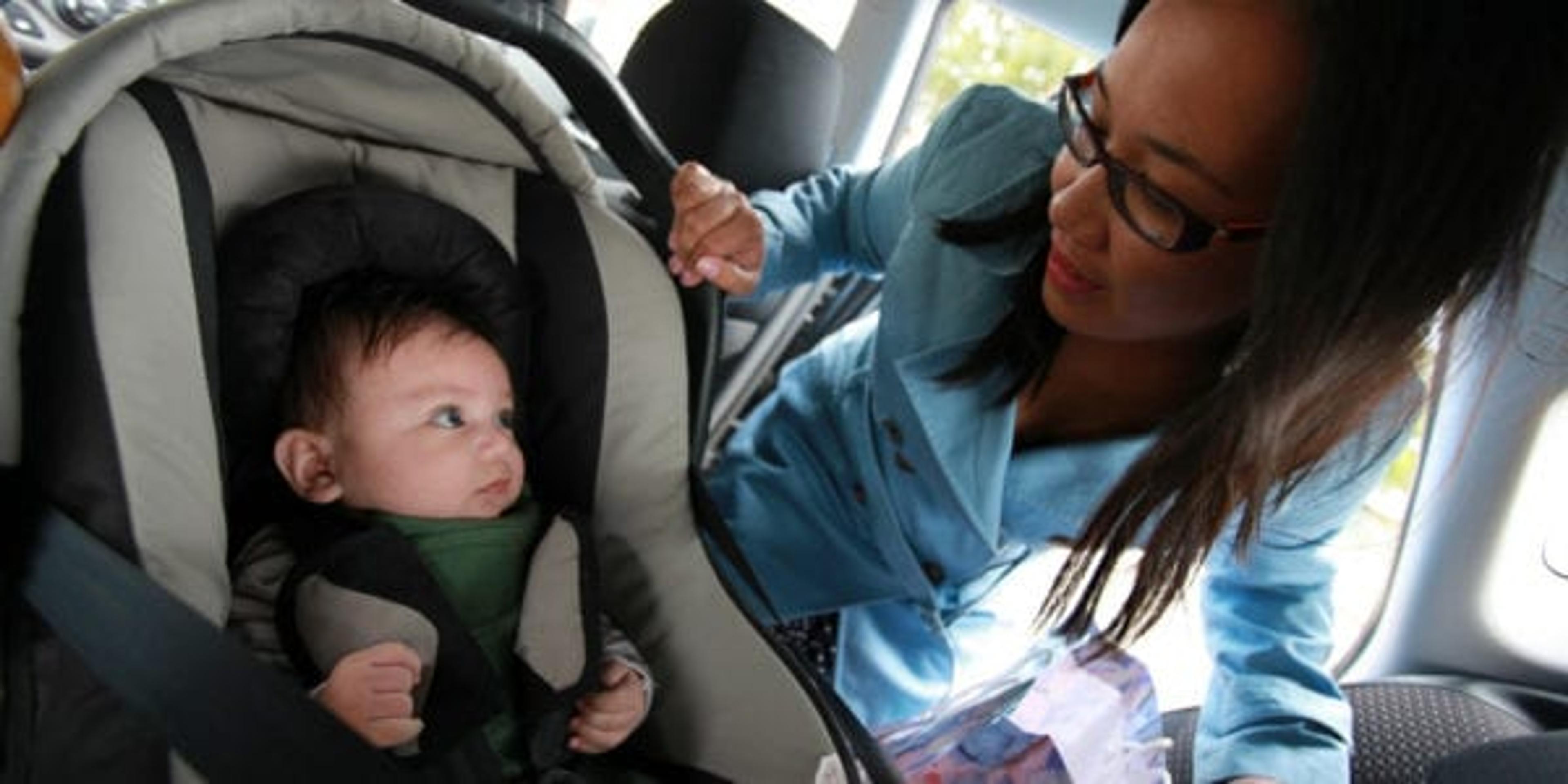The Surprising Car Seat Facts All Parents Should Know
| 3 min read

A car seat seems straightforward, but it’s trickier than you think to use one correctly. In fact, 73 percent of car seats aren’t installed or used properly, meaning the children in those seats aren’t fully protected if there’s an accident. Even if you have installed and set up your car seat perfectly, there are even more precautions you need to take to ensure your little passenger is as safe as possible.
For instance, it might surprise you to know that some version of a car seat should be used up until your kid’s 13th birthday: Start with a rear-facing car seat for infants, forward-facing for toddlers and booster seats for older children. Here are some more guidelines for getting the most protection out of your car seat:
- Going for ‘used’ is a gamble. Many parents are eager to save money with all of the items you need for a child by finding gently used gear, but you may want to think again about buying a hand-me-down seat. If a car seat has been involved in a moderate-to-severe crash, it’s no longer safe to use. The only time buying a used seat is a good idea is if you buy it from someone you trust, who can guarantee it’s never been in a wreck. You’ll also want to check that it’s not on the National Highway Traffic Safety Administration’s list of recalled child seats. Seats are updated on a regular basis; so ensure you do your homework.
- Watch out for the wiggles. Drivers are encouraged to regularly glance in the rear-view mirror, since energetic toddlers can squirm around and unlatch their car seat buckle mid-trip. If you’ve tried explaining the importance of staying buckled to your kid and that doesn’t work, there are plenty of products on the market that you can clip on over the buckles to prevent future Houdini-like escapes. One to try: Monkey Tyz, which are designed for both three- and five-point harnesses.
- Learn the best harness technique. Of course you want your child to be comfortable, but you also want to ensure the harness is tight enough to keep your kid firmly in place if anything happens. You shouldn’t be able to pinch the fabric of the harness strap between your fingers. When adjusting the chest clip, ensure that it lines up with the child’s armpits. Also, don’t add on any accessories (such as back kick protectors) that didn’t come with the car seat or head positioner.
- They’re needed for air travel too! If your child is under 40 pounds, the Federal Aviation Administration strongly recommends the use of an approved Child Restraint System (CRS) or Child Harness Device (CARES). Not all automobile car seats can be used on planes (booster seats and harness vests won’t work), so adults should look for an aircraft certification label before purchasing and traveling. Bonus: Since most kids are already comfortable with their car seats, having it on board makes them more likely to sleep during the flight!
- Keep an eye on food and clothes. You don’t want your child to catch a chill, but bulky coats and scarves can bunch up around the nose and mouth, suffocating the child in the process. Fleece blankets are the safer route, working for both rear- and front-facing seats. Also, due to the angle of rear-facing seats, infants and toddlers should not be given food, as it can lodge in their throats.
Did any of these tips come as a surprise? What do you do to make sure your child is safe and secure while you’re traveling? Share with us in the comments below.
Photo Credit: Raelene Gutierrez





